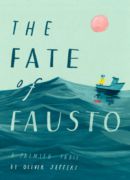
A selfish man sets out to prove that he is the boss of everything he surveys.

A selfish man sets out to prove that he is the boss of everything he surveys.
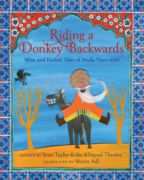
A collection of 21 riotous tales and riddles about the Mullah Nasruddin. Why does Mulla Nasruddin spoon yoghurt into the river? What is the reason he rides his donkey backwards? Why does he paint a picture that is blank? And is he crazy to move into the house of the man who’s just burgled him? Find out all about the amazing antics of Nasruddin in these twenty-one hilarious stories and riddles, famous throughout the Middle East for their jokes, riddles and wisdom.
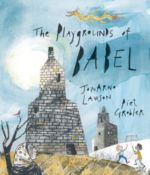
This unusual, thought-provoking story begins with an old woman telling a tale to a group of children in a playground. One of the boys can’t understand what she is saying, so another offers to translate. The old woman’s tale is inspired by the Tower of Babel story: In the days when everyone spoke the same language, the people built a tower to reach God. But God was annoyed and sent a dragon to destroy the tower, then created new languages for everyone so that they couldn’t understand each other. Fortunately, two little girls find a way to communicate through song.
Featured in August 2023’s WOW Dozen on books about Language Learning and Communication.
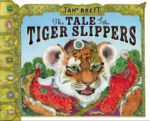
A retelling of a folktale about how a pair of magical slippers always find their way back to the tiger whose mother made them for him.

The story is especially relevant to sub-Saharan Africa as it focuses on the devastation of drought and the importance of received knowledge. With its dual themes of wisdom and grit, the book happily entertains while it teaches the importance of hard work and persistence as keys to success.
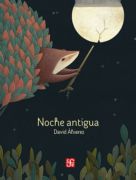
Ancient Night combines many short stories from the oral tradition, like the one of the bunny and the possum, as well as the invented rivalry between the two that serves to tell the story of what happens at night behind the maize: the adventures of a hard-working bunny and an audacious possum that come and go through the field, making the moon change its appearance and the night transform into day. This silent album is inspired in the complex and monumental Middle American thinking, which conceives the origin of things in a dual way; due to this, the also illustrator of The well of the mice represents multiple dualities, like the day and night, life and death, down and up, darkness and light, among others that when putting them with their opposite they maintain the balance.
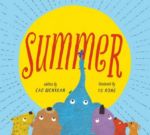
Under a burning sun on the dry grassland, animals ranging from a tiny field mouse to a large elephant fight over bit of shade until they learn a better way.
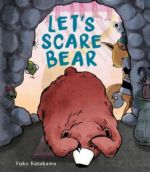
Mouse, Fox, Spider, and Snake all want to scare Bear. But Bear is the bravest animal in the forest–nothing scares Bear. Except, maybe, one thing. Bear says that he’s scared of manju cakes. Armed with that knowledge, the other animals throw their manju cakes at him. . . .only to learn that the only scary thing is how much Bear loves to eat them!
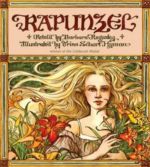
This retelling of a favorite fairy tale, illustrated by award-winning artist Trina Schart Hyman in an edition Publishers Weekly called “spellbinding,” has been lovingly restored. Digital technology brings back the clarity and brightness of Hyman’s original watercolor paintings to illuminate the terrifying woods, handsome prince, and Rapunzel’s lustrous hair, as Hyman originally painted them.
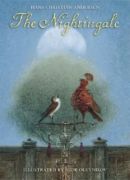
When he learns that the nightingale’s song is one of the most beautiful sounds in the world, the Emperor of China sends his courtiers to find the bird and present it as a guest at court. The nightingale can speak to humans and agrees to come, but when the Emperor receives a mechanical nightingale covered in jewels, he discards the real bird, which flies back to its home. Hans Christian Andersen’s beloved story in which a king learns humility from a bird was written in 1843 to honor Jenny Lind, the famous opera singer dubbed the Swedish Nightingale. This new edition of the childhood favorite features shimmering color illustrations by Russian artist Igor Oleynikov.